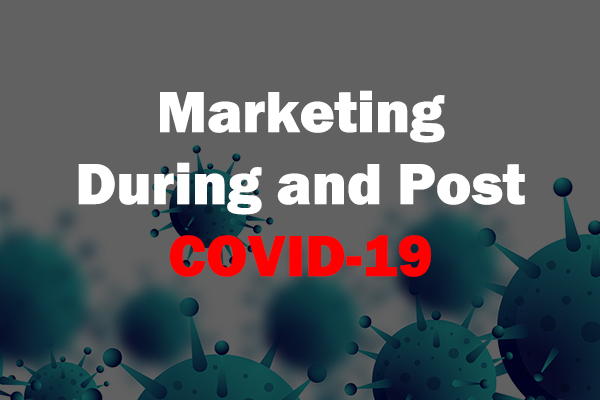Marketing during and even after the coronavirus is going to be tough as businesses and consumers cut back on unnecessary expenditures due to low confidence in the current world economy.
What do you do in times like these and how can you market your business when the general market is in decline?
As Albert Einstein once said “In the middle of difficulty lies opportunity” and make no mistake, there are ample opportunities to be had during this pandemic, you just need to be open to the ideas of changing your marketing approach.
“In the middle of difficulty lies opportunity “
Albert Einstein
You see, the old ways of marketing where you had so much success with pre COVID-19 are long gone. During times of a recession and economic downturn, money will be tight for everyone and spending lavishly is one of the last things they want to do. What does this mean?
This means any marketing activities that are intrusive and are used to quickly turn a profit will not have the same impact it once did. As such, expensive TV and magazine advertisements, telemarketing and ( in some cases ) online ads are mostly out.
Instead, you need to focus on lead and sales nurturing. Focus on empathising and helping your customers and provide real value, preferably at a discount or even for free.
By showing goodwill in bad times, you stand to gain your customers trust and business in the good times.
We based our ranking of the best marketing activities during and post COVID-19 based on the following criterias:
- Cost effectiveness
- Ability to provide real value
- How receptive your customers will be to it
By following these three rules, you will not only spend less but ultimately gain more loyal followers, followers who will sing your praise and be eager to give you their business when their budget allows during and after this pandemic.
email marketing
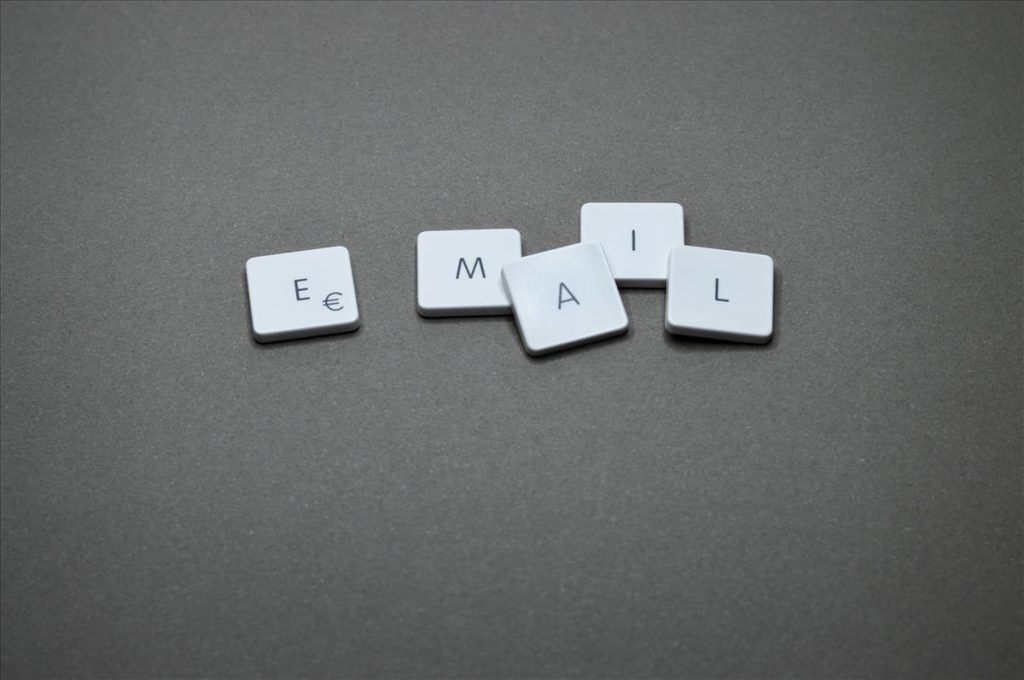
Email marketing has one of the highest returns for your marketing dollar because sending email blasts are very economical and in most cases doesn’t even cost a dime!
What email marketing does so well is its ability to directly reach your audiences on a personal and one to one basis. It can be used regularly to remind customers what you stand for and build a strong relationship with them over time.
Email is the number one activity people do on their smartphones, edging out web browsing and social media.
Here’s how email marketing provides value for your business:
- Increases company revenue
- Drives traffic to your website
- Cross-Promote your other company channels
- Builds brand awareness and strengthens customer relationship
As you can see email marketing is very versatile in what it can do.
One thing that is crucial for email marketing to work is you need to have customers who are genuinely interested in receiving them. The hundreds of unsolicited emails a day from unknown companies (mostly from gmail accounts) that want to give you ‘free’ audits or advice? They’re doing it wrong and are phishing scams out to steal your info or money. That is not email marketing, that is spamming. You don’t want to do that.
How do we get customers who are interested in our products and services to sign up to our email list? By building a lead magnet. A lead magnet can be anything that inspires curiosity and perceived value for your customers including:
- Discount coupons and contests
- eBook guides
- Checklists and templates etc..
By consistently growing and nurturing your email list, you will soon find a channel that can consistently drive revenue and growth for your company.
BEFORE YOU START
Before you start sending bulk emails to everyone on your email list, make sure you sign up to an email marketing software such as Mailchimp and Activecampaign. Sending bulk emails without permission and via your own personal email client without an opt-out option will get your email and even website domain blacklisted and further emails you send to everyone will go straight to their spam folder.
WHAT TO DO
For a downturn economy, enforce messages that empathise with your customers, providing helpful advice and a caring message.
Examples include:
- Healthy but low cost recipes to cook at home if you’re a supermarket
- Free DIY guides on home renovation ideas if you’re a hardware store
- Allowing customers to vote for a charity they want to donate to anytime they order online allows restaurants to convey a message of caring
- Email to clients on company updates due to coronavirus
- Customer loyalty perks
- Other practical information and tips on how to deal with the situation
Tip 1: Make sure you have a call to action at the end of your emails such as a link to your website, article etc… Great emails without a call to action are wasted.
Tip 2: Don’t be like the thousands of Internet spammers out there peddling their dodgy products. You need to make sure your clients are already interested in your products and services first before you send them an email. Furthermore, don’t abuse your clients trust by sending regular promotional emails but rather have a mix of helpful and relevant emails and promotions.
Tip 3: Use your speaking voice and colloquial language. No capital letters on email titles and imagine you’re writing to a friend.
Tip 4: Always, always test your email subject title to get the most open rates.
Cost effectiveness: 5/5
Providing value: 4/5
Customer Reception: 4/5
Content Marketing
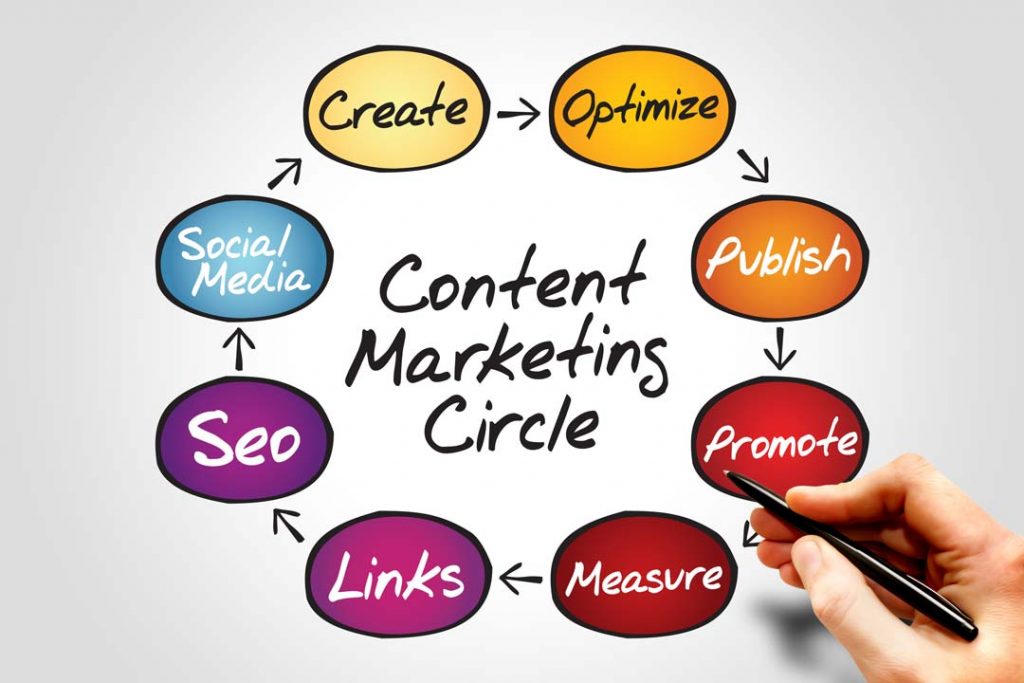
With more people staying in and working from home nowadays, content marketing is a great channel to drive your brand awareness and provide real value to your potential customers.
Content marketing is a form of inbound marketing where you attract users to your company by providing the content they actively search for such as articles, videos, and even social media posts.
Content marketing doesn’t have to be on your own blog but also places where there is high traffic potential such as popular forums and social platforms.
Although, by far the best content marketing platform is your own blog for a number of reasons:
- Driving traffic to your website
- Opportunity to collect your customers email
- Avoid character limit on other platforms such as social media
WHAT TO DO
Now’s a time to really help your customers and make their lives better. Many of your customers will be social distancing and working from home still so make your articles relatable and entertaining!
Ask yourself: what questions will my costumes ask during times like these?
Here are a few examples of content that you can create on your customers buying journey during COVID-19:
- Articles relating to the coronavirus that are helpful to your customers
- Feel good stories on how your company is helping those who are affected
- Revise old, popular content with updated COVID-19 information
You will find targeting coronavirus related questions that are also relevant to your products and services will attract more eyeballs to your content than ever before!
You will find targeting coronavirus related questions that are also relevant to your products and services will attract more eyeballs to your content than ever before!
A good way to gather ideas is to use AnswerThePublic and a manual Google search to see what are the most popular questions your ideal customers search for.
Google Trends also has a special section on Coronavirus updates that you can use to check out the latest topics people are searching for.
In-depth articles are one of the most important factors when search engines like Google rank your website on their search engine results page or SERP.
While there’s no guarantee your content will rank on the first page, it can be improved by the following:
- Low competition or unique content
- In-depth content with average 2000 words
- You have an existing high authority website
- Inbound links to your article come from reputable sources
Tip 1: Having a lead magnet relating to your content page will boost your email sign up rate!
Tip 2: Write in a conversational and speaking style. There are two advantages to this: it keeps your readers attention and the rise of voice search means your content will have a higher chance to come up on search results
Tip 3: A lot of whether your articles comes up in search has to do with whether or not it’s Search Engine Optimised (covered in next section)
Tip 4: Do NOT steal content from other sources or write about the same topic on your website. This will cause duplicate content on your website causing your content to canabilise each other and in general is a waste of time
Tip 5: Shallow or thin content ( content with less than 300 words ) likewise are also bad for SEO.
Cost effectiveness: 5/5
Providing value: 5/5
Customer Reception: 5/5
SEO

Search Engine Optimisation (SEO) is a fantastic way to reach your customers at times when your customers have more time to spend online.
SEO is the process of ranking your website on search engines like Google and Bing on queries that your customers search for that are related to your products and services.
With more time online, shoppers are more savvy than ever before and are more inclined to research for the things they want to buy before making a purchasing decision.
If you’re a brick and mortar business, you need to prioritise digital marketing and especially SEO as soon as possible because this pandemic has changed shopper buying habits forever!
While a good content strategy is a way to attract customers to you, SEO involves a more technical approach. It deals with other aspects such as website design, technical optimisation and also link building.
WHAT TO DO
SEO is more important than ever before and during the pandemic, you want to make sure it’s working for you on all cylinders!
For any updates relating to coronavirus, you should put them on your website’s home page or as a popup message so your clients can find it straight away.
Monitor trends for latest coronavirus searches on Google Trends so you can have the jump on the latest breaking news and search terms to optimise for.
Google My Business is one of the main signals for local SEO when people search for products and services “near me” or “open now” so it is crucial to update your business information to reflect changes in your operating hours.
If your business is temporarily closed due to COVID-19, divert them to your website so they can still do business there or learn when your business is open.
If you’re a brick and mortar star and still don’t have a website. What are you waiting for? This pandemic has pushed everyone online and if you’re not looking after them there, some of your competitors will.
Tip 1: Remember to make your SEO keyword focused! There should always be an intent when you write an article or page on your website.
Tip 2: Anything updates and optimisation that are Coronavirus related should take priority
Tip 3: Make sure your customers are getting the best user experience when they are visiting your website. This means optimising your website structure, speed, security and user interface among other things.
Cost effectiveness: 5/5
Providing value: 5/5
Customer Reception: 5/5
Social Media Marketing
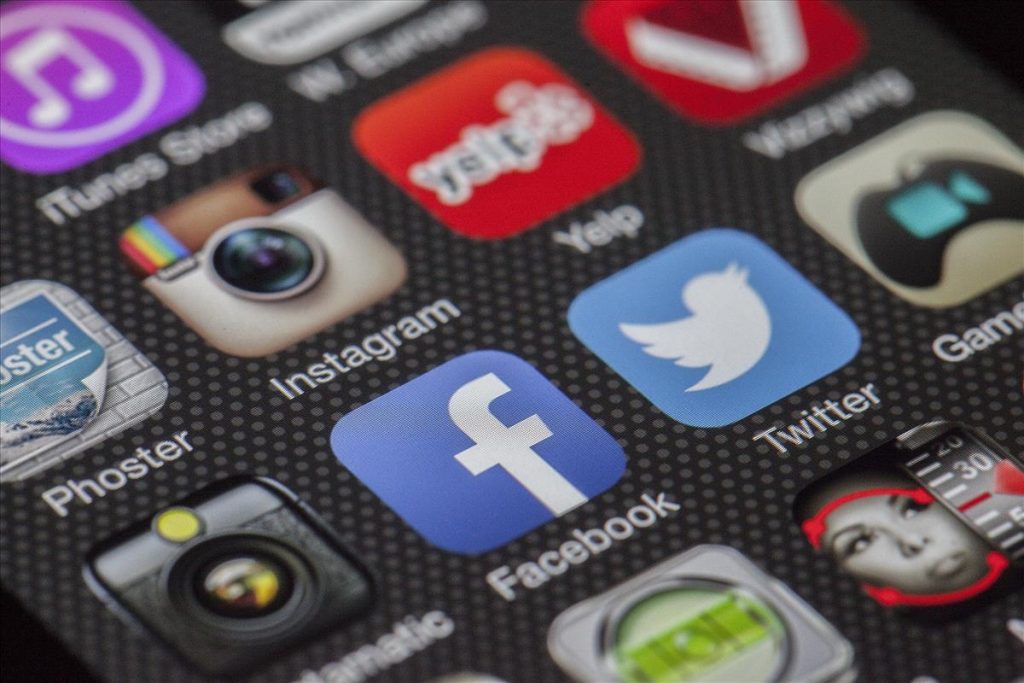
More times at home means more time on social media. During a pandemic, people are sitting at home and any kind of entertainment is a good distraction.
Make this count by providing helpful and entertaining social media posts to your customers that resonates.
Social media marketing like any other types of marketing during COVID-19 should focus more on building rapport and relationships and less on promotion and selling.
As such, consider refocusing your strategy to brand awareness and customer engagement.
Companies also need to tread carefully with the pandemic and Black Lives Matter movement to avoid marginalizing their customer base.
Examples to post including:
- Stories that empathise with your audience
- Discounts or free products to affected or frontline workers
- Feel good stories on donations and volunteering
- News and updates on changing operations
WHAT TO DO
Refocus and review your strategy. Any social media marketing strategies that haven’t worked in the past will be further buried. Consider postponing or scrapping poor performing campaigns.
Avoid politically sensitive topics and careless posts that may offend your audience.
Tip 1: Keep in mind that social media is where people hang out to relax and unwind. It is rarely a place where people go to buy things so keep your message light hearted and entertaining.
Tip 2: Constantly monitor the news for any major updates. Social media is about reacting rapidly to changing climates good and bad.
Tip 3: Don’t spread yourself too thin. While having a profile in all social media channels may look like you’re in tune with the times, if you are a small company with limited resources, it will take too much effort to maintain and grow it.Rather, focus on 2-3 platforms where your customers are likely to hang out and your strengths. If you sell ‘sexy’ products with great photos, you can try Instagram. If you sell services to other businesses, then LinkedIn is your best bet.
Cost effectiveness: 4/5
Providing value: 3/5
Customer Reception: 4/5
Paid Ads
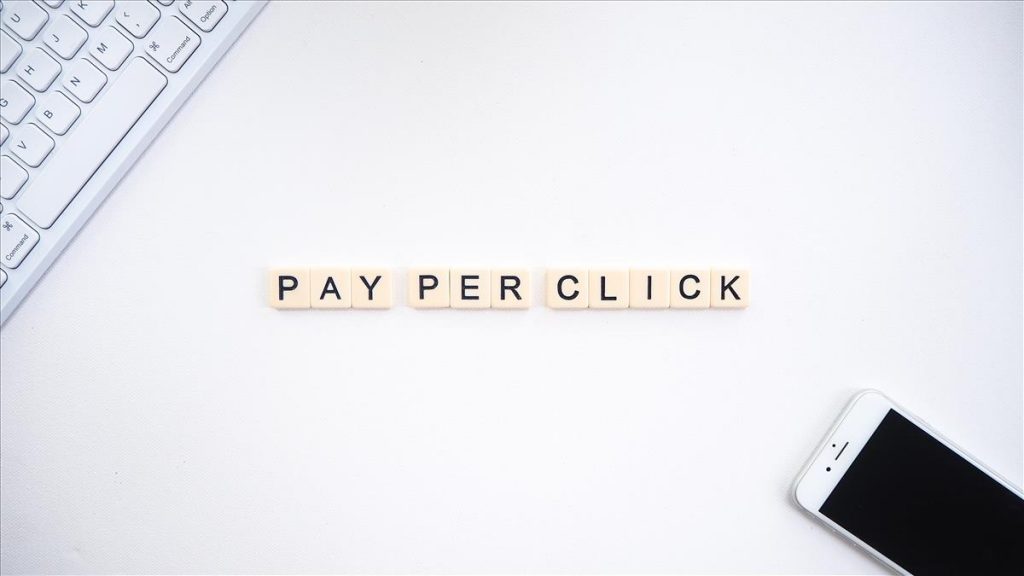
Paid ads or Pay Per Click ads can be expensive and goes against everything we’ve discussed so far. However, more people at home means more people online and paid ads are a sure fire way to get your products and services in front of your ideal clients.
As companies and consumers are holding back on unnecessary purchases, you will find there is less competition and paid ads may actually cost less now than they did pre COVID-19.
One thing for sure is conversion rates are down for most industries, but for some such as food, healthcare and on-demand media like Netflix, however, it has actually skyrocketed!
If you’re in an industry that can provide real value and support for COVID-19 related services then by all means use that to your advantage!
What PPC such as Google Ads does so well is it immediately puts you in front of your customers so during times like these when things change on a day to day basis, it can be the perfect medium to use.
Proceed with caution and monitor the results to see if you are generating a positive return on your ad budget.
WHAT TO DO
Search terms relating to COVID-19 are red hot right now. So any ads you were running before that are somewhat related can gain a massive boost if you add in the necessary search terms.
If you are going to sell directly, be extremely sensitive and empathetic. Don’t take advantage of the needy by hiking up prices. This will do more long term harm than good. Instead, try to offer a discount or sweeten the deal.
Like social media, paid ad’s effectiveness can vary drastically depending on news and updates so make sure to set up news alerts for coronavirus related terms and government related news.
Tip 1: Test your ads with covid-19 related keywords
Tip 2: Monitor the news closely and take immediate action for opportunities
Cost effectiveness: 3/5
Providing value: 3/5
Customer Reception: 3/5
CONCLUSION
COVID-19 has greatly impacted businesses around the world now and forever. As more people are getting accustomed to online shopping, businesses need to make the necessary adjustments in order to reach their ideal customers.
Frankly speaking, now may not be the best of time to splurge on expensive advertising and marketing campaigns. Conversely, businesses that take no action are at the risk of stagnation.
It’s not a coincidence that the top marketing strategies right now are ones that focus less on selling and more on building relationships and providing actual value.
By providing value and education to new customers and rewarding loyal ones, you stand to gain their trust and business during and after the pandemic.
*** FOLLOW UP ARTICLE – For follow up articles and related articles, please subscribe below for a notification once it comes live.
